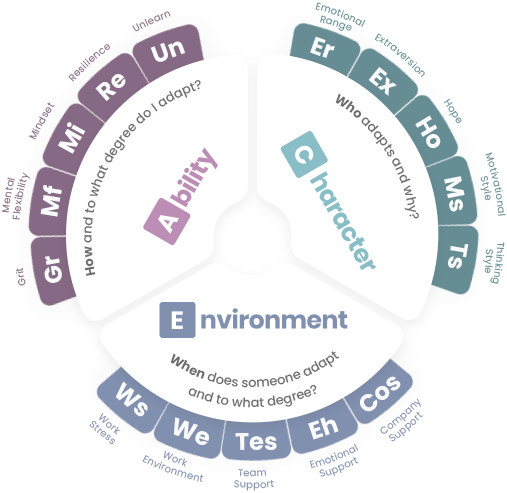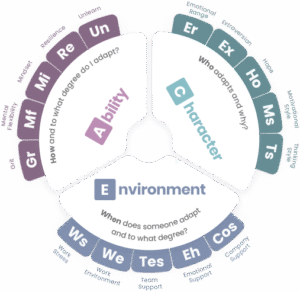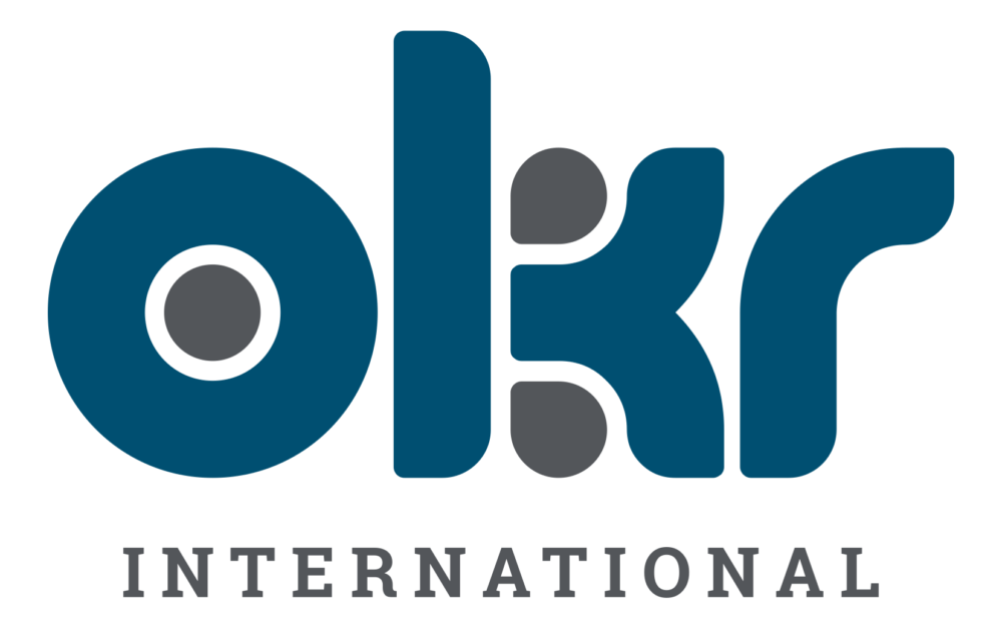Why Some OKRs Thrive While Others Stall
Every quarter, leadership teams across OKR-savvy global enterprises set bold and meticulously crafted OKRs, confident in their clarity, alignment, and ambition. Yet, as the cycle closes, some teams exceed expectations while others struggle to make measurable progress.
The problem rarely lies in the objectives themselves. Instead, it emerges when market conditions shift and leaders lack the ability to adapt. Disruption can take many forms, including a new competitor changing the pricing landscape, sudden regulatory shifts in a target region, or a supply chain disruption that pushes timelines off course.
Without adaptability, even the most well-designed OKRs risk losing relevance and momentum. This is where Adaptability Quotient assessment and adaptive leadership training become strategic assets for global businesses, enabling leaders to pivot, realign, and execute in dynamic conditions.
Adaptability as the Shock Absorber in the OKR Journey
Think of your OKR framework as a high-performance vehicle designed to accelerate your organization toward its most strategic objectives. Now imagine the business environment you operate in not as a smooth expressway but as a winding and uneven road filled with sharp turns, unexpected detours, and sudden stops.
In this landscape, adaptability functions as the shock absorber. It allows OKRs to stay on course without destabilizing the entire system when conditions change.
Global markets today are defined by volatility, from geopolitical tensions that impact supply chains to technology-driven disruption that shifts customer expectations overnight.
Leaders and teams with high Adaptability Quotient scores, as measured through AQai’s globally validated assessment tools, consistently outperform their peers. They anticipate roadblocks before they appear, pivot quickly when priorities shift, and maintain focus without losing morale.
Adaptability is not a contingency plan. It is a performance multiplier that transforms OKRs from static goals into living strategies capable of delivering results even when the rules of the game change mid-season.
From Rigid Plans to Adaptive OKR Frameworks
Traditional goal-setting models assume a degree of stability that no longer exists. Plans are drafted at the start of the year, then executed as if market forces, technology trends, and customer behavior will remain predictable. For global enterprises, this assumption is no longer viable.
BANI (Brittle, Anxious, Non-linear, Incomprehensible) is now the default. Economic policy changes in one country can ripple across continents. Digital competitors can redefine market expectations in weeks. Geopolitical shifts can alter supply chain viability overnight.
Fixed OKRs quickly become liabilities in these conditions. In contrast, adaptive OKR frameworks encourage iterative reviews, flexible resource allocation, and readiness to pivot key results without losing strategic alignment.
How Adaptive Leadership Shapes OKR Success
Adaptive leadership skills equip executives to navigate shifting priorities without undermining team cohesion. Leaders who embrace adaptability can recalibrate OKRs mid-cycle while balancing agility and accountability.
An organizational adaptability consultant with OKR expertise can help leadership teams shift not only tactics but also the mindset and culture that drive execution. When supported by an AQai certified coach, adaptability becomes embedded in the DNA of the goal-setting process, allowing OKRs to evolve as conditions change across regions.
How Adaptability Transforms OKRs into Living Strategies
For years, organizations have treated OKRs as fixed road maps: define objectives, set key results, measure progress, and close the cycle. While the framework is sound, its full potential emerges when OKRs become living strategies evolving in response to real-world conditions.
Adaptive OKRs are shaped by ongoing feedback, informed by emerging data, and recalibrated when necessary. This agility ensures objectives remain relevant and achievable even in volatile environments.
The Adaptability Quotient provides the intelligence to make this possible. By understanding how, why, and when leaders and teams adapt, organizations can adjust OKRs strategically rather than reactively.
The Science of Adaptability – AQai’s A.C.E. Model
The Adaptability Quotient is a scientifically validated measure of how effectively individuals, teams, and organizations respond to change. AQai’s A.C.E. Model breaks adaptability into three dimensions: Ability, Character, and Environment.
Ability – How Leaders and Teams Adapt in Execution
-
Grit – Staying committed despite challenges
-
Mental Flexibility – Exploring alternative pathways to achieve key results
-
Mindset – Viewing change as opportunity
-
Resilience – Recovering quickly from setbacks
-
Unlearn – Letting go of outdated practices
Character – Why Leaders Choose to Adapt
-
Hope – Believing in eventual success
-
Thinking Style – Balancing vision and detail
-
Motivation Style – Choosing between preserving gains and pursuing new opportunities
-
Emotional Range – Remaining composed under pressure
-
Extraversion – Leveraging relationships for solutions
Environment – When Adaptability Thrives
-
Company Support – Leadership backing for pivots
-
Emotional Health – Sustaining morale during change
-
Team Support – Psychological safety for new ideas
-
Work Environment – Tools that make adjustments seamless
-
Work Stress – Managing healthy pressure levels
The OKR–Adaptability Connection
The OKR framework thrives on alignment, focus, and agility. These qualities are magnified when combined with high adaptability. Without it, OKRs risk becoming rigid scorecards disconnected from reality.
Why Adaptability is the Missing Link in OKR Execution
Predictability is rare in global markets. New regulations, disruptive technologies, and shifting supply chains require organizations to adapt or risk:
-
Misaligned objectives
-
Execution delays
-
Missed opportunities
-
Declining morale
How AQ Strengthens Every Stage of the OKR Cycle
Planning with Adaptability in Mind
High-AQ leaders set ambitious yet flexible OKRs, anticipating multiple pathways to success.
Aligning Teams Through Adaptability Strengths
Strong team support and high emotional range create trust and cross-functional speed.
Executing with Agility
Resilience and unlearning skills keep objectives achievable even as execution conditions shift.
Reviewing Through Learn–Unlearn–Relearn
Continuous improvement becomes the norm as adaptability insights inform future cycles.
The Assess–Interpret–Integrate–Reinforce Approach
Assess
Measure adaptability with AQme and AQteam assessments covering all 17 sub-dimensions.
Interpret
Translate AQ data into OKR readiness insights to anticipate challenges.
Integrate
Weave adaptability strengths into OKR design, key results, and feedback loops.
Reinforce
Sustain adaptability through leadership coaching, workshops, and quarterly check-ins.
Why Global Businesses Must Link AQ to OKRs Now
Without AQ, organizations risk misaligned objectives, execution paralysis, disengaged teams, and missed revenue targets. AQai assessments provide real-time agility, data-backed leadership insight, cross-cultural adaptability, and sustainable performance in VUCA and BANI contexts.
Why OKR International is the Global Partner of Choice
OKR International offers:
-
Global OKR planning and execution expertise
-
AQai certified adaptability assessments
-
Adaptive leadership training for diverse teams
-
Reinforcement strategies to embed adaptability in organizational DNA
Partner with OKR International for AQ-Driven OKR Success
Partner with OKR International to:
-
Gain data-backed adaptability insights
-
Integrate adaptive leadership training into OKRs
-
Build execution agility in real time
-
Improve goal achievement without sacrificing innovation
Contact OKR International today to schedule your Adaptability Quotient assessment and embed AQ into your OKR process for global success. Mail: info@okrinternational.com | Phone: +971.552160708




